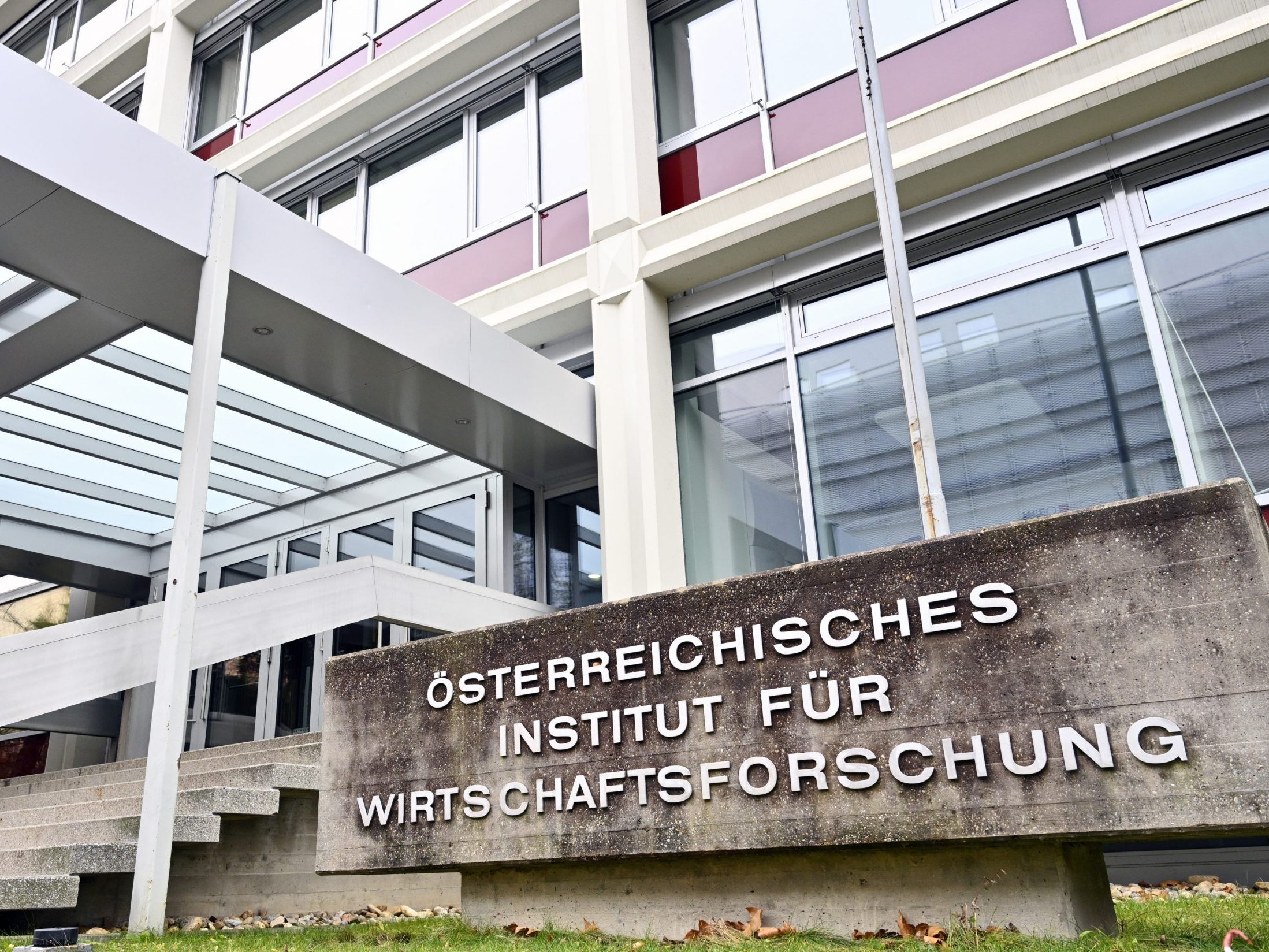Economic Downturn: Federal States Affected Differently Last Year

The decline in value added is reflected across almost all sectors. Even the significant real wage growth did not lead to a boost in overall economic demand.
Gross Value Added Slightly Decreased in Vienna
The strongest decline in gross value added last year was recorded in Upper Austria with minus 3.5 percent and Carinthia with minus 3.3 percent. In Lower Austria, the decrease was 1.9 percent, in Burgenland 1.5 percent. In Styria, gross value added fell by 1.3 percent, in Vorarlberg by 1.0 percent, in Tyrol by 0.5 percent; Salzburg and Vienna each recorded minus 0.2 percent.
The strongest declines were in the production of goods, especially in Carinthia, Upper Austria, and Lower Austria. Overall in Austria, the decrease was 3.9 percent. Only Tyrol achieved an increase in the production of goods sold in 2024.
In 2024, there were real increases in value added in the credit and insurance sector, in the field of information and communication, in public administration, and in real estate and housing. Despite increases in nominal travel income, accommodation and gastronomy did not contribute to growth in 2024. Meanwhile, according to Wifo, the construction sector seems to have bottomed out: a gradual stabilization set in over the course of the year, and incoming orders also increased.
Employment Increased the Most in Vienna
In employment, there was a minimal increase of 0.2 percent in 2024, after plus 1.2 percent the year before. Declines were mainly recorded in the construction industry and the production of goods, while positive impulses came from public administration and the health and social sector. Employment fell the most in Upper Austria (-0.5 percent), Styria, and Carinthia (each -0.3 percent). Increases were recorded in Vienna (+1.1 percent), Salzburg, and Tyrol (each +0.8 percent).
(APA/Red)
This article has been automatically translated, read the original article here.





